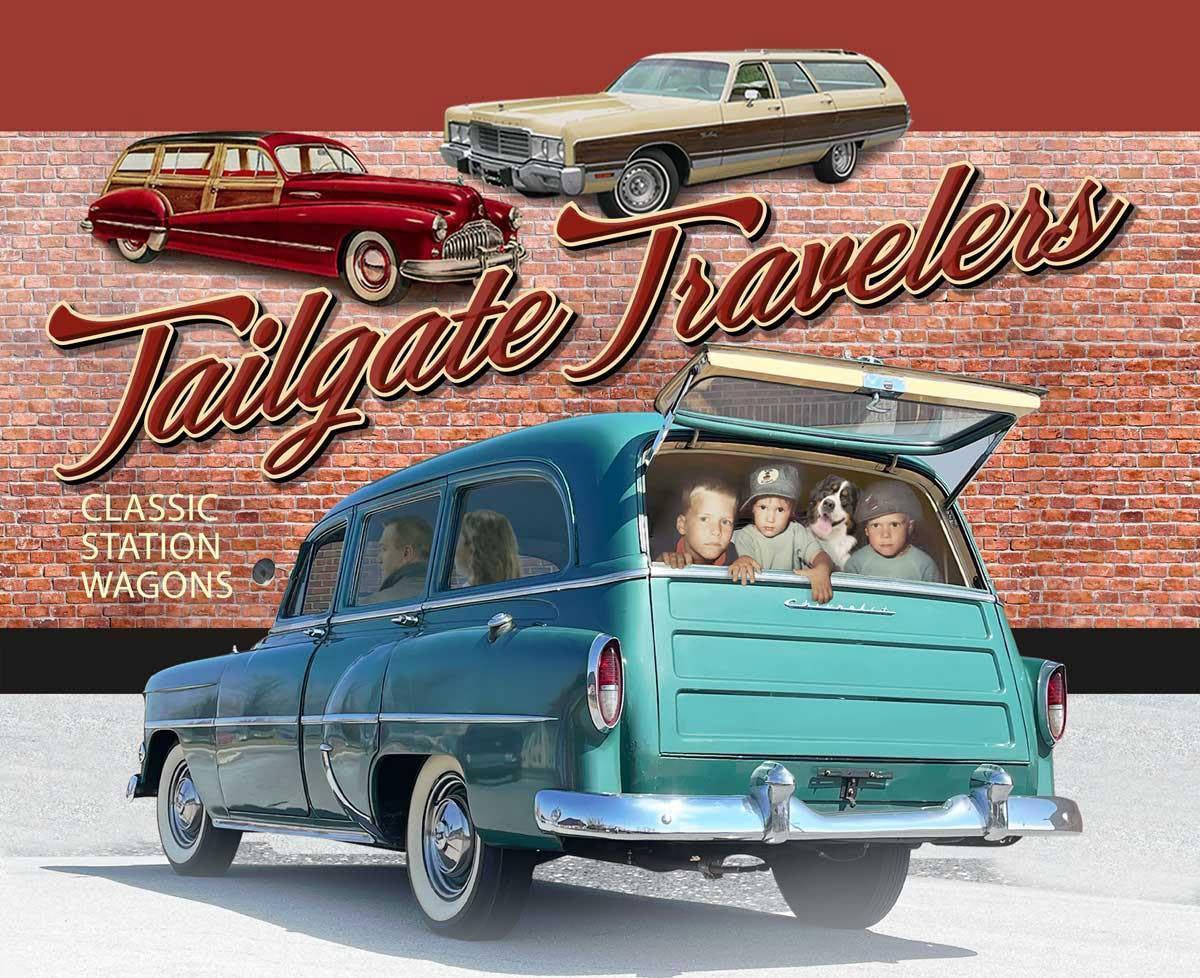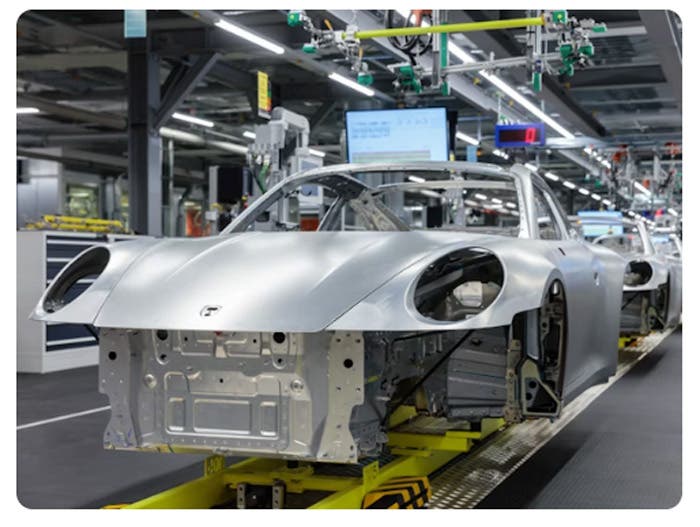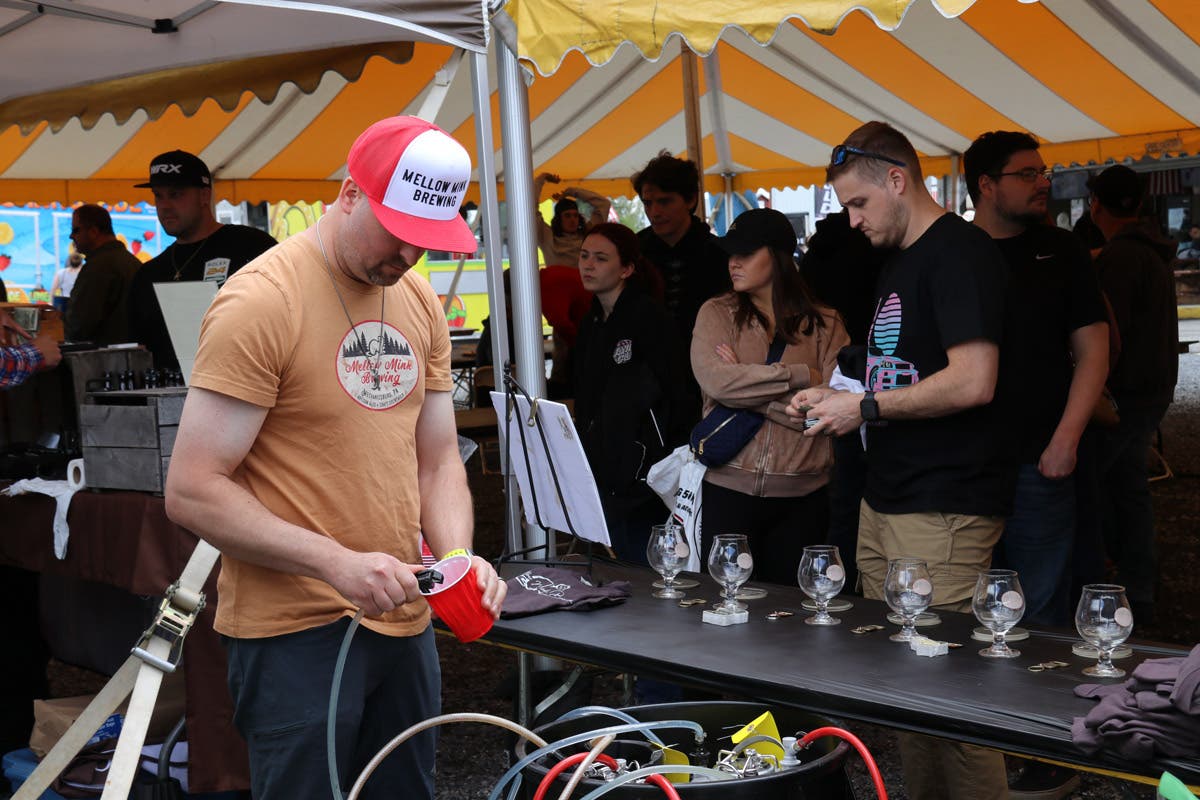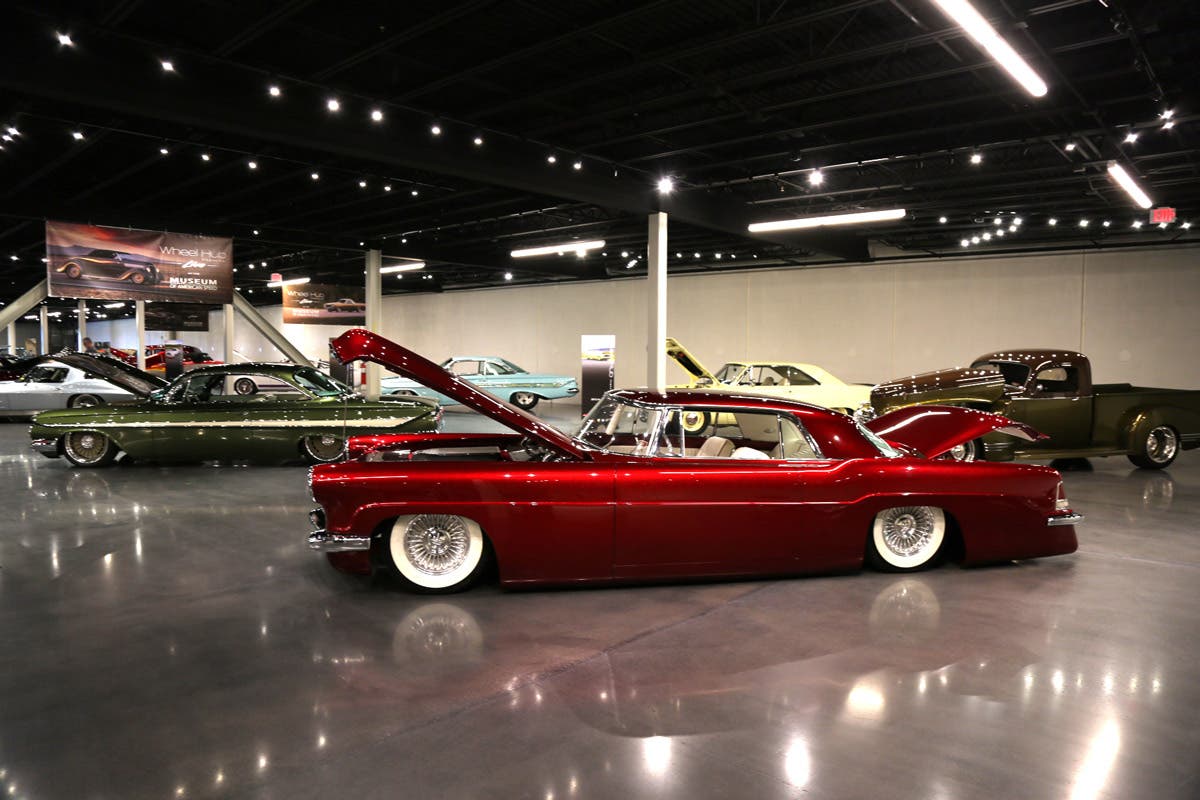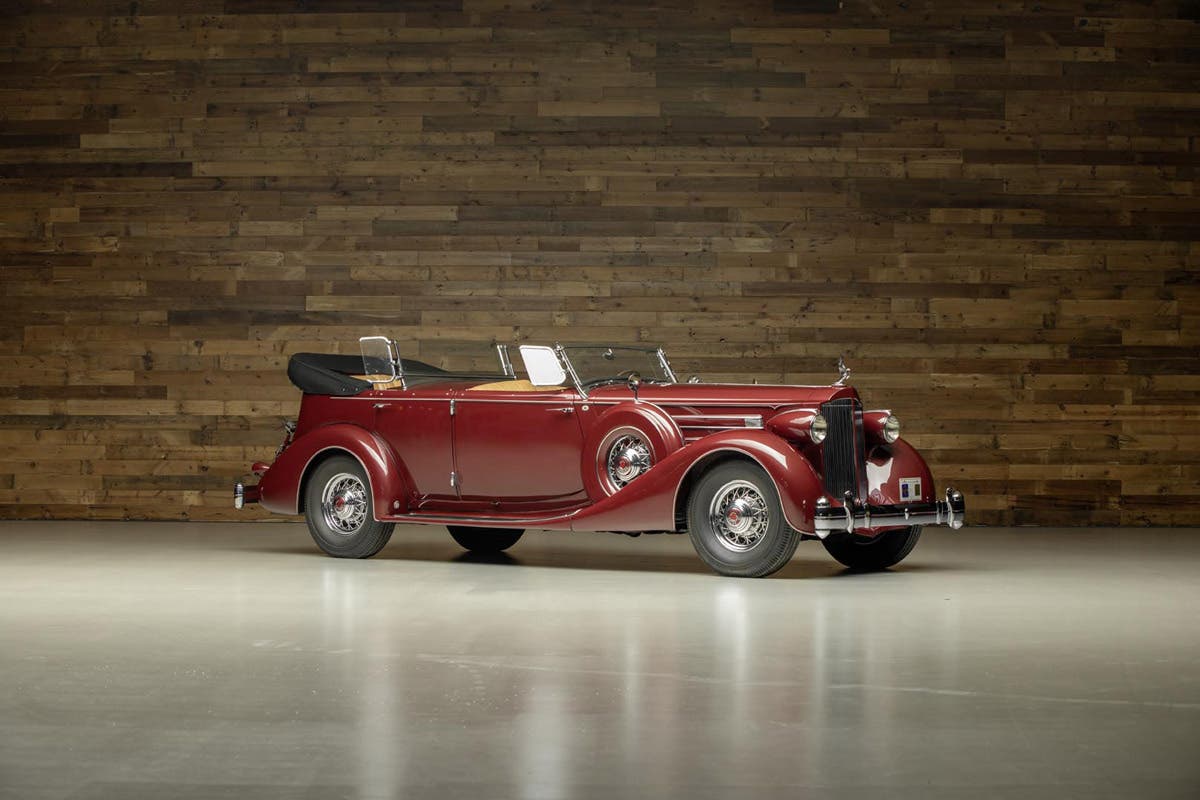Easter pilgrimage: See the Popemobile turned ‘Saint’ car
The Popemobile – a 1982 Range Rover – is currently part of the “Celebrating the Lives and Deaths of the Popes” exhibit at the National Museum of Funeral History in Houston, Texas.
By John Gunnell
For most, “Saint car” has referred to the Volvo P1800 that actor Roger Moore drove in the ’60s TV show “The Saint.” Volvo supplied five such cars to the show’s producers starting in 1962, but there’s now a sixth “Saint car” and it’s not a Volvo – it’s a 1982 Range Rover that’s currently part of the “Celebrating the Lives and Deaths of the Popes” exhibit at the National Museum of Funeral History (www.nmfh.org) in Houston, Texas.
The one-of-a-kind 4x4 is the first bulletproof Popemobile built, and with the sainthood of Pope John Paul II becoming complete this April, the unique Range Rover will soon become a “Saint car” of a different kind.
The Range Rover’s transition from Popemobile to “saintmobile” began in July 2013 when the Catholic Church announced from the Vatican that Pope John Paul II would be declared a Saint. John Paul II was pope from 1978 until his death in 2005 and has been described as the “first rock star pontiff” based on the huge crowds he drew as he traveled. The cars he traveled in were called Popemobiles, but they were not bullet-proof like the Range Rover and later papal vehicles. A bulletproof Popemobile became necessary after an assassination attempt on May 13, 1981, while Pope John Paul II was riding through St. Peters Square in an open-top Fiat Popemobile.
By May 1982, Pope John Paul II had recovered and was preparing for a trip to England. That is when Range Rover was called upon to build two special Popemobiles for the visit at a reputed cost of 64,000 Pounds Sterling each. These vehicles were developed by a British design firm called Ogle.
After the Pope visited England, one of the Range Rover-based Popemobiles was used by him in Scotland and then sent to the Vatican. It is still in service at the Holy See and was also used by Pope Benedict XVI. The second Range Rover—with British registration plate no. XDU IIX—went to the Caribbean for two papal excursions there before passing into private hands in England. It was restored and then sold to the Cars of Stars Museum in Las Vegas, Nev. This car is the centerpiece of the National Museum of Funeral History’s “Celebrating the Lives and Deaths of the Popes” exhibit.
This exhibit also includes a full-scale replica of Pope John Paul II’s crypt, a reproduction of the caskets used in the funerals of three previous popes and replicas of papal vestments tailored by a shop that has made vestments for the last seven popes. Visitors can also see two authentic uniforms worn by members of The Swiss Guard (which protects the pope and the Vatican) as well as the 1982 Popemobile.
Spanning 5,000 sq. ft., the “Celebrating the Lives and Deaths of the Popes” exhibit features three-dmensional scenes and multi-media presentations that provide visitors with a true sense of attending a pope’s funeral. The exhibit allows visitors to walk through various sections, experiencing many stages of preparation for the final services and burial of a Pope. The exhibit is the result of three years of intense collaboration between the Vatican and the National Museum of Funeral History. In order to accommodate the exhibit, the Houston museum completed a 10,500 sq. ft. expansion.



